DAYLIGHT TALKS
FEBRUARY 2022
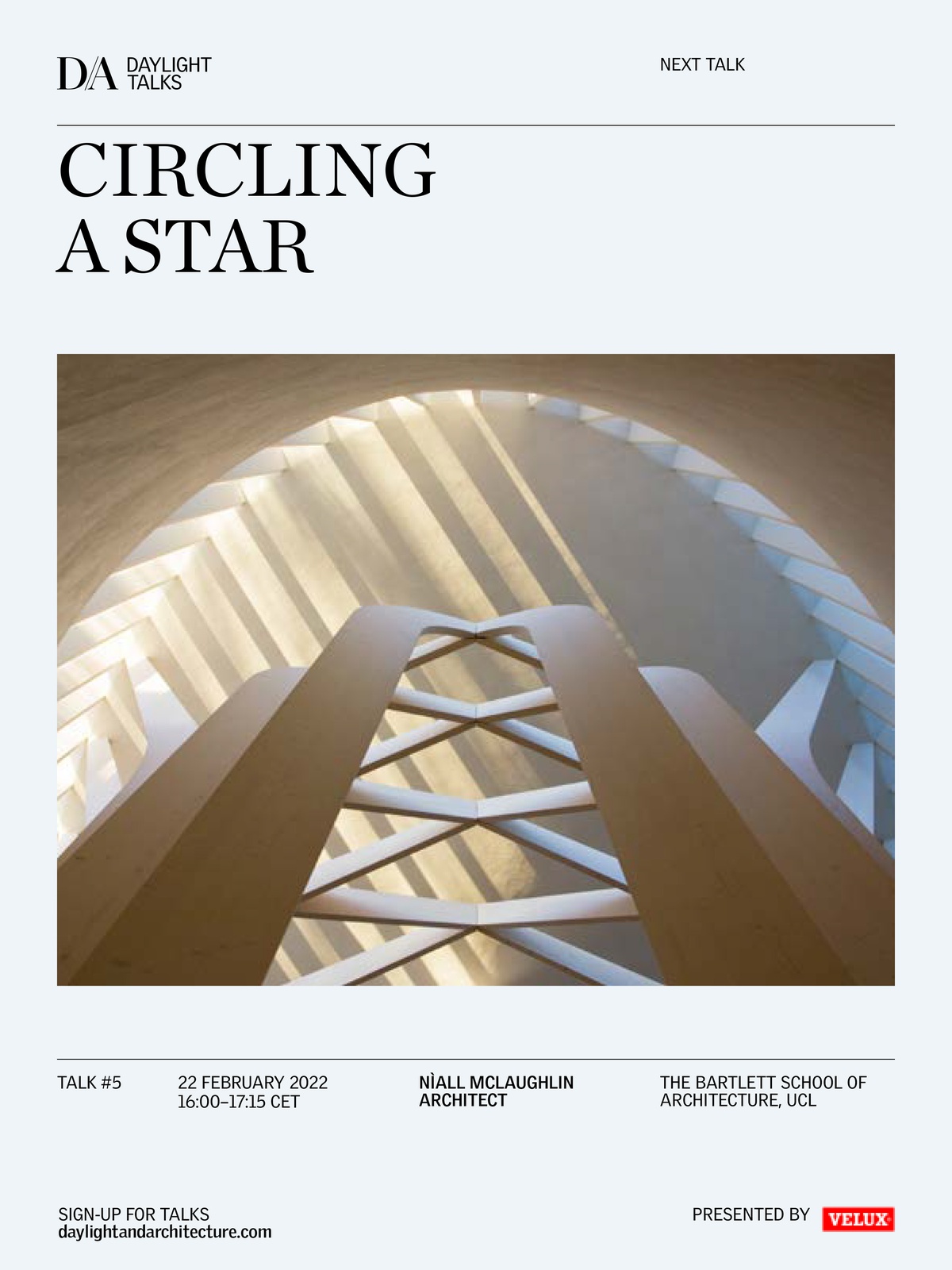
On the 22nd February Níall will be giving a talk titled Circling a Star for the Daylight Talks by Velux.
The `Daylight Talks´ are targeting students or architecture and younger professionals and they are exploring the significance of natural light in architecture. The talks present exciting and prominent architects and educators working consciously and qualitatively with daylight in their projects and educational programs; what has inspired? how has spaces been planned with light to inhabit and cherish? the important learnings? and what is the advice to students and younger professionals?
A SITE FOR SAURIIS
JANUARY 2017
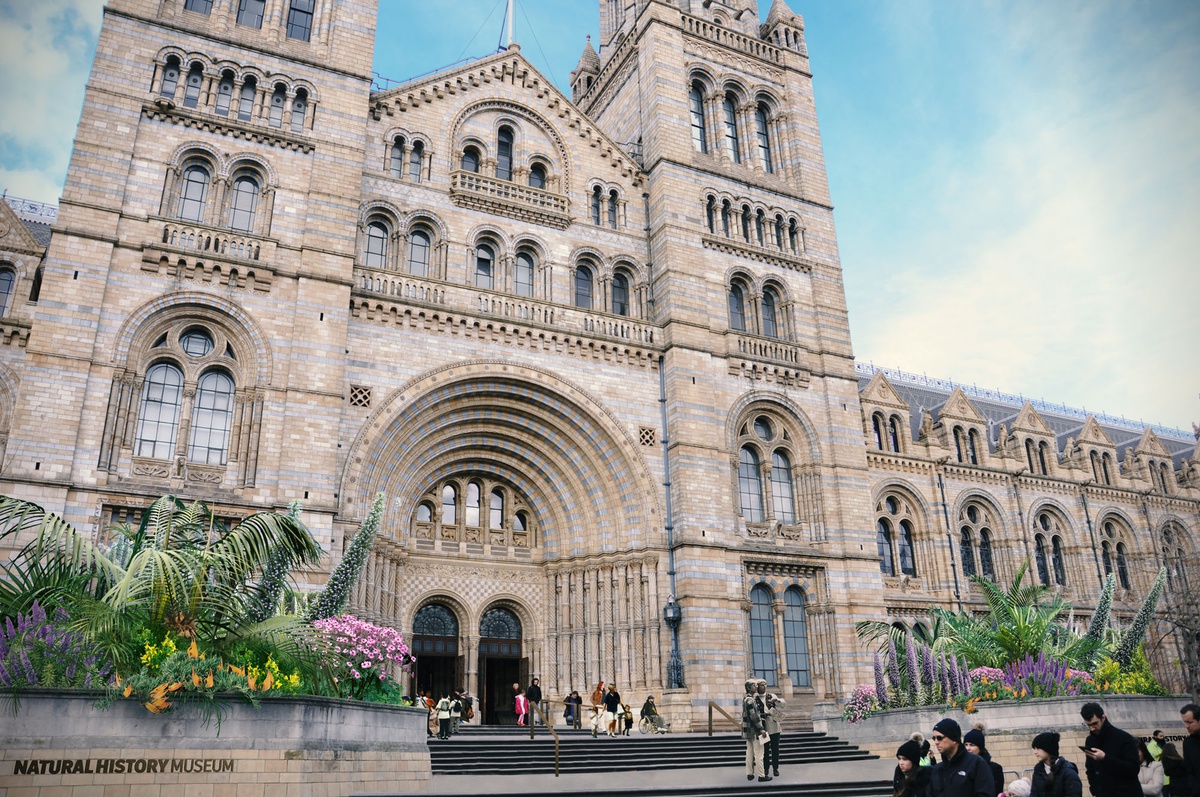
Our proposal to redevelop the grounds of the Natural History Museum is due to start on site this month. The work to the main entrance – the first of three phases – will introduce level access to this area for the first time while also restoring the Grade-I listed fabric to its former glory.
The works include changing levels, repaving the forecourt, restoring railings, installing planting, and repairing or reinstating original terracotta details across the site.
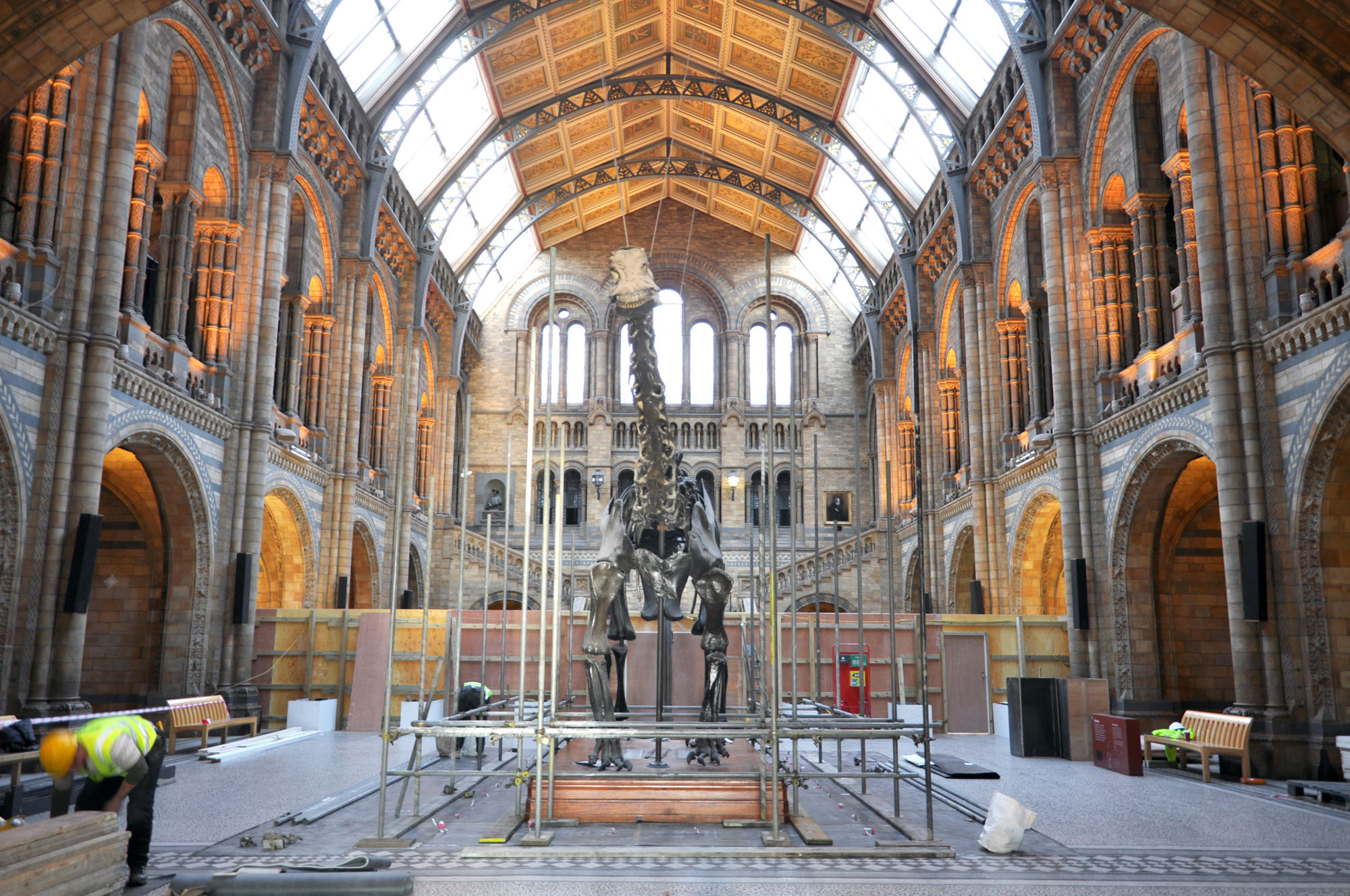
Ahead of this, the main entrance and central hall of the Museum are now closed while both teams gear up for construction – including some unusual enabling works. As part of these works Dippy the diplodocus has now been dismantled ahead of going on tour around the country; to be eventually recast in bronze for the next phase of our project.

The railings have now been removed for off-site restoration and re-painting:
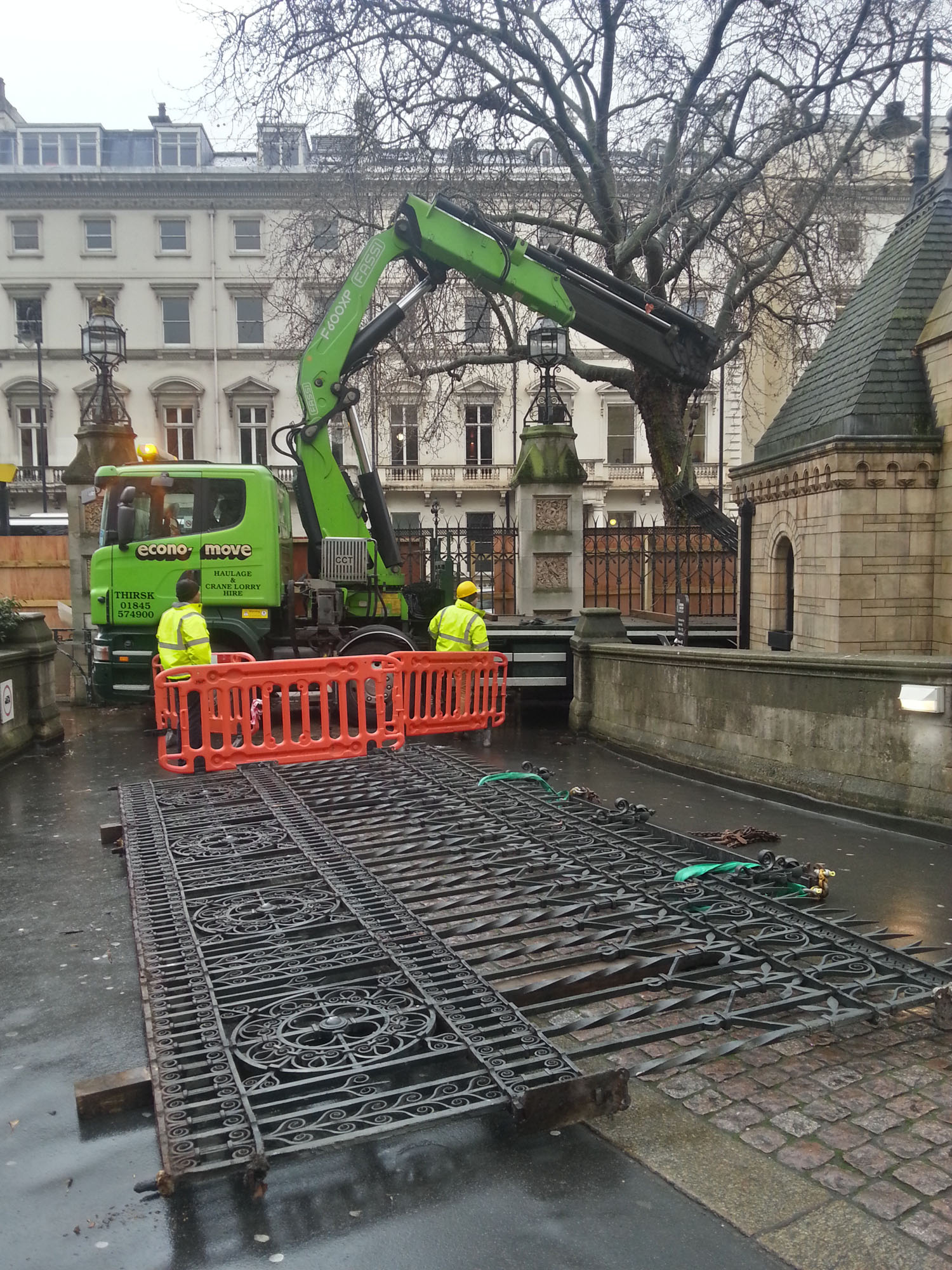
And scaffolding is also going up for the removal of display cases and various specimens:
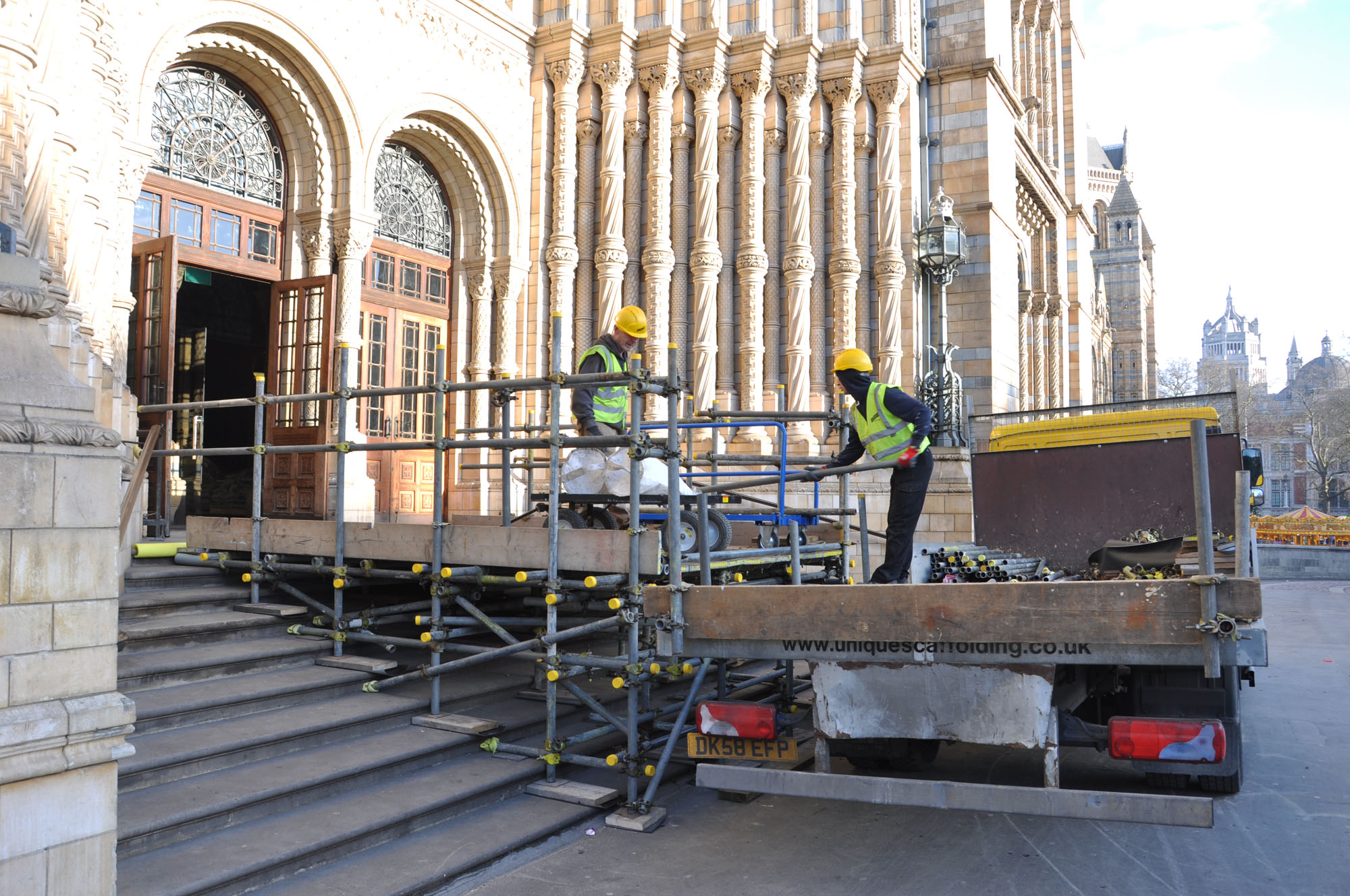
This will need to go up again halfway through construction of Phase 1 allow for delivery of the blue whale skull through our active site. Here it is just before it left the Museum.
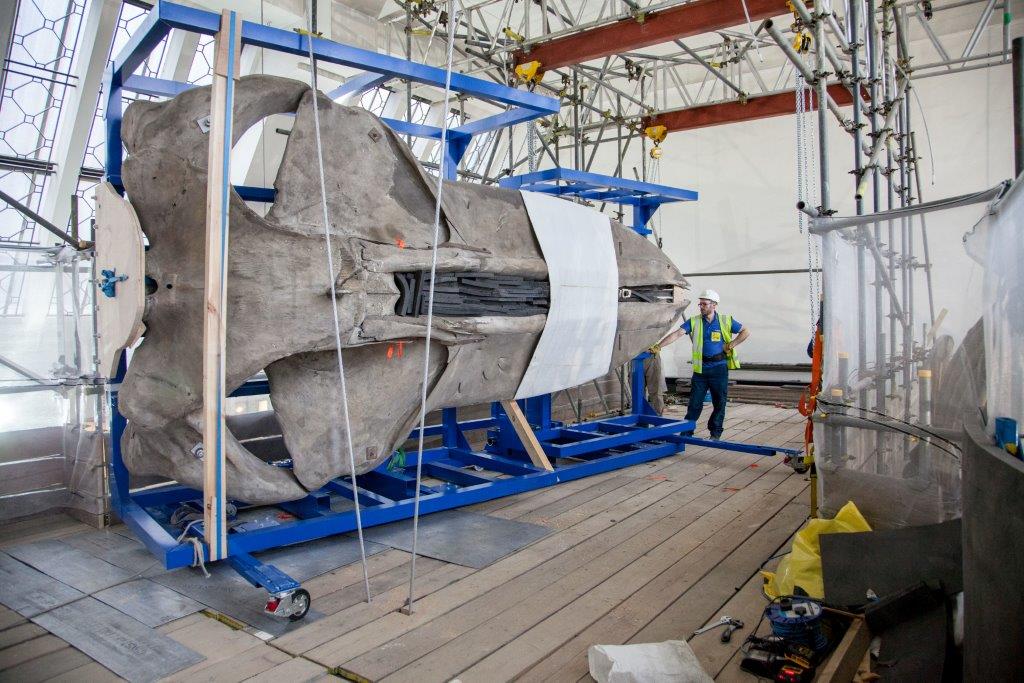
If you’re wondering how that that will fit through the front doors, the answer’s simple: the same way the elephants do.
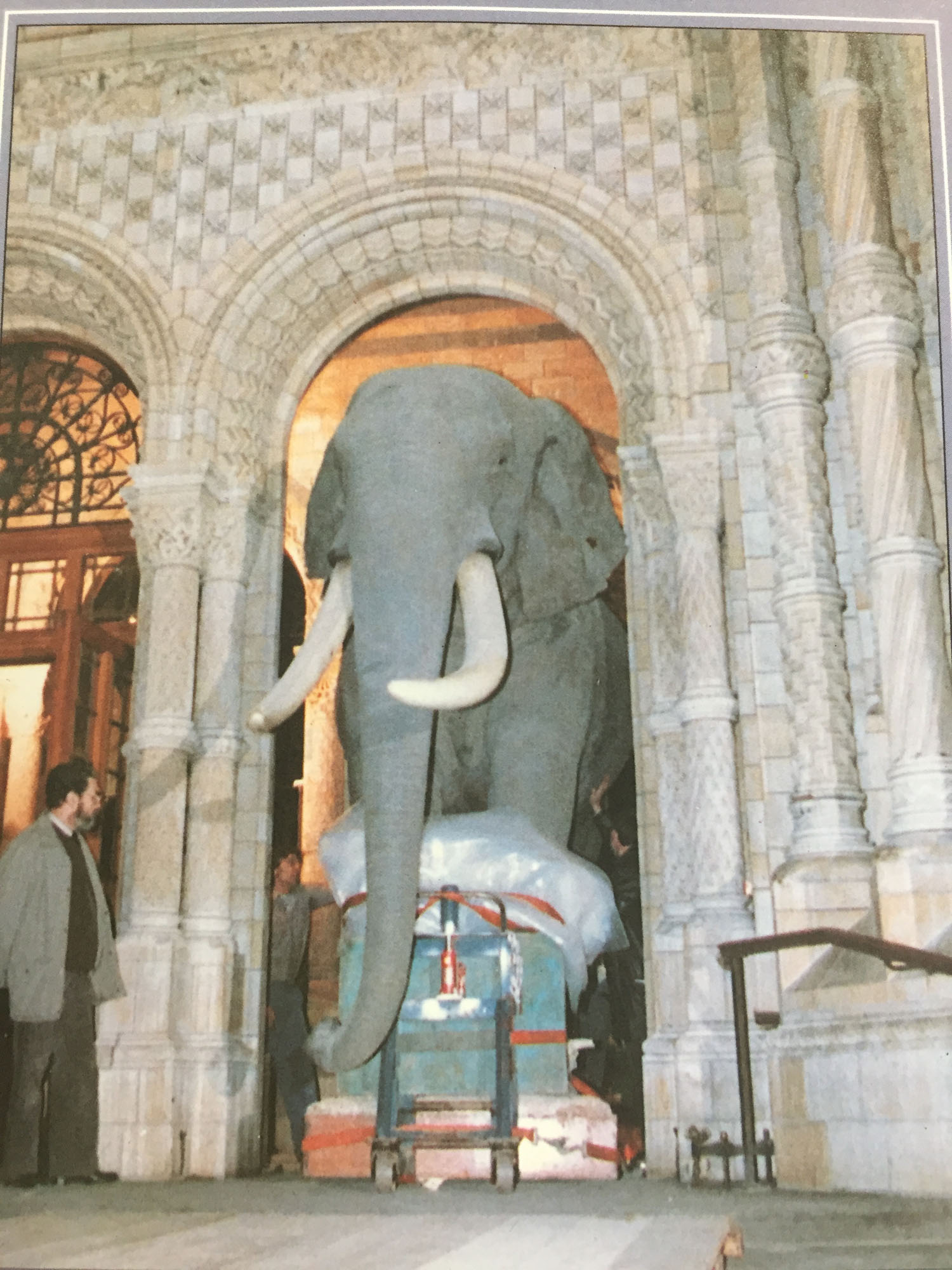
Phase 1 is due to complete mid-July ahead of the main entrance reopening to the public shortly after. In the meantime, there’s a pop-up conservation studio in the Darwin Centre – which we highly recommend – where you can see the conservationists at work restoring the whale’s bones.







